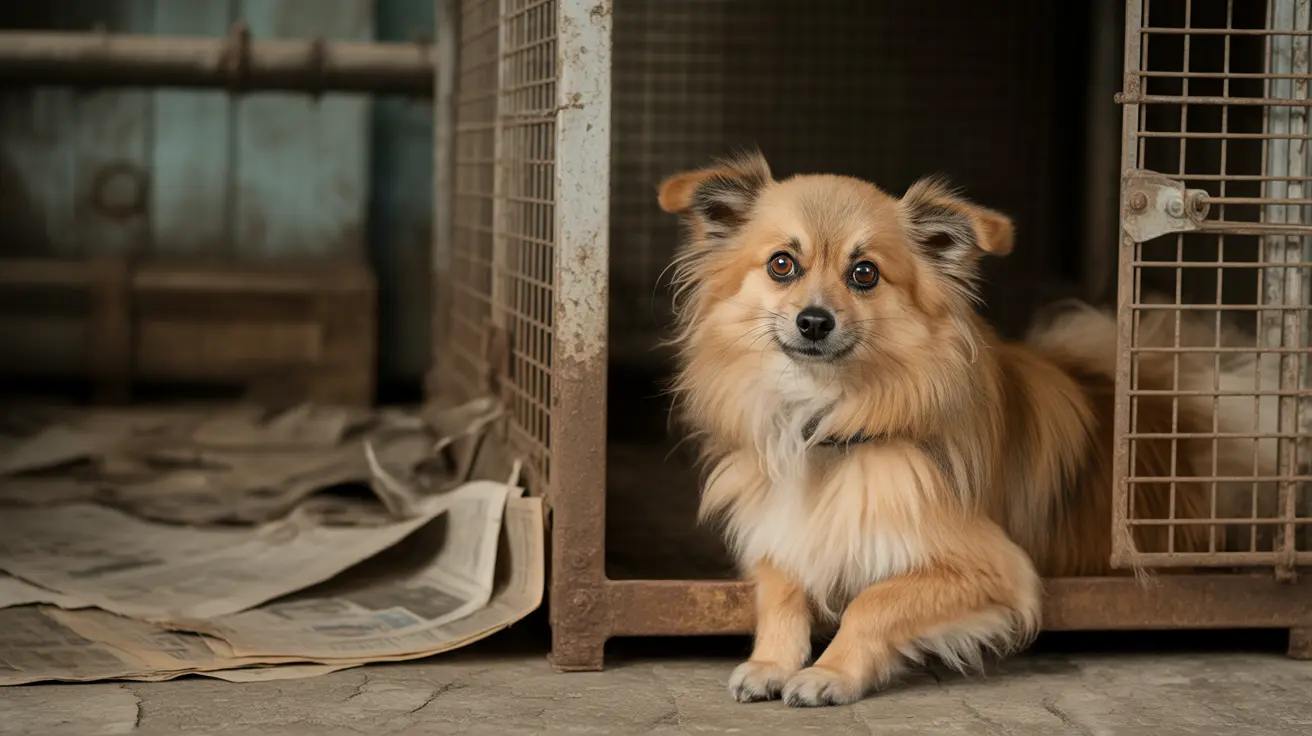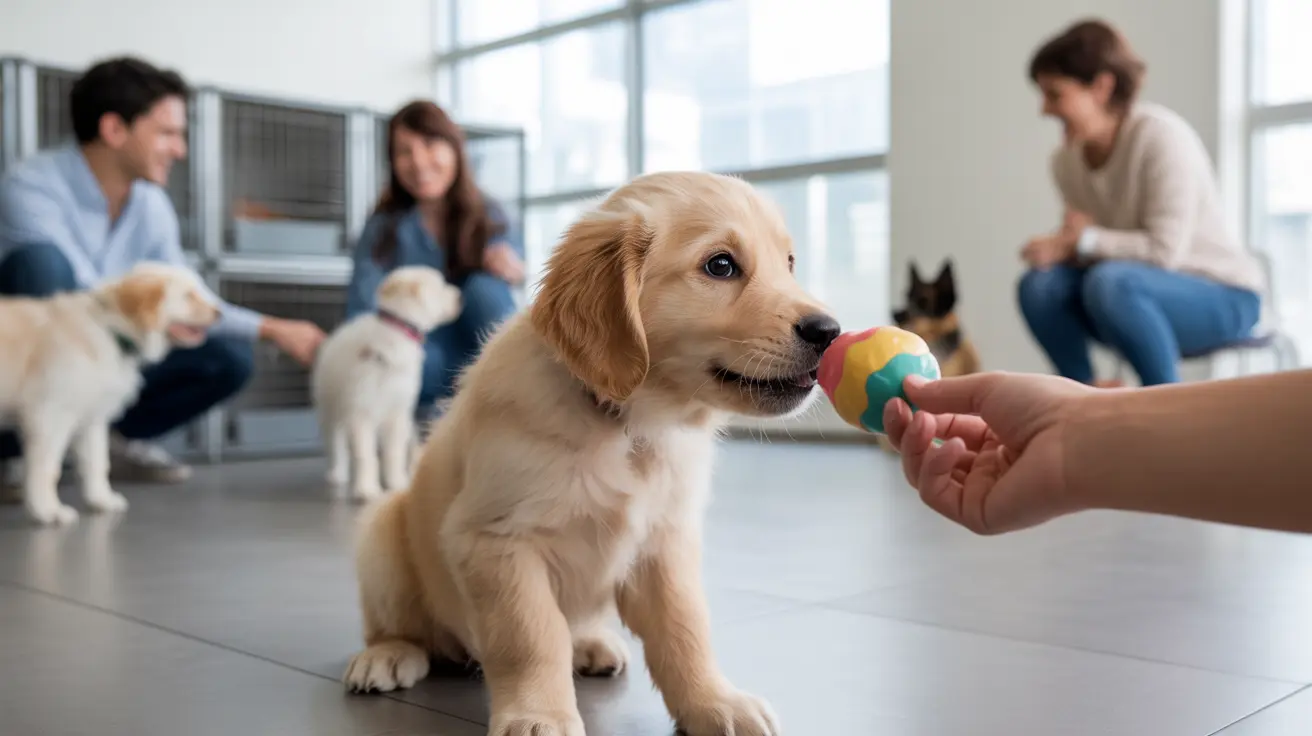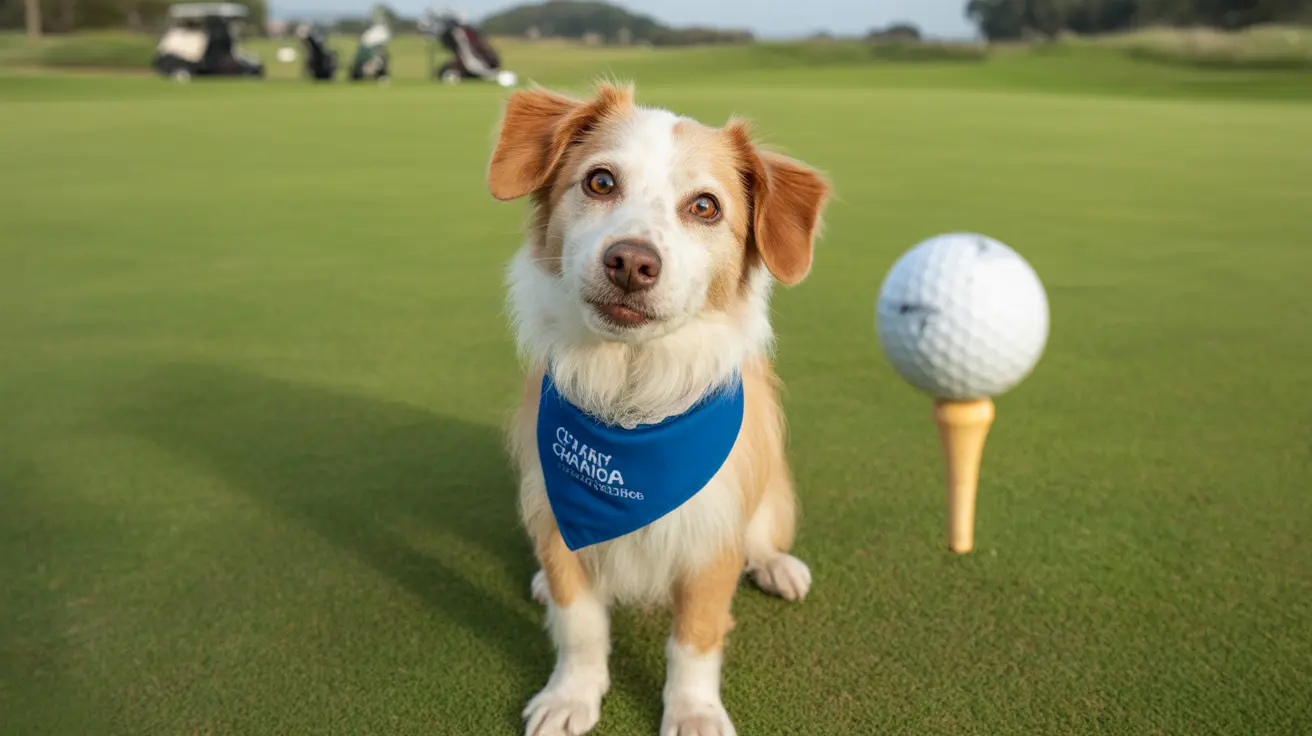Will a Coyote Attack Me While Walking My Dog?
Walking your dog is normally a peaceful activity, but the presence of wildlife such as coyotes can make pet owners feel cautious. With human development expanding into natural habitats, encounters with coyotes are becoming more common in suburban and urban areas. This raises a crucial question: Are you or your dog at risk of a coyote attack?
Understanding Coyote Behavior
Coyotes are highly adaptable canines found throughout North America. They are primarily nocturnal but are often seen during daylight hours, especially in areas with abundant food sources. Coyotes are naturally wary of humans, but they may become bold if they associate people with food or if they are protecting their territory or pups.
Why Coyotes Target Dogs
While attacks on humans are extremely rare, coyotes may see dogs, particularly smaller ones, as either prey or threats. Reasons coyotes target dogs include:
- Food scarcity: During times when natural prey is limited, coyotes may view small pets as alternative food sources.
- Territorial instincts: Coyotes may attack dogs who enter what they perceive as their territory, especially during mating or pup-rearing seasons.
- Curiosity or habituation: Coyotes habituated to human environments may not fear dogs and may act more aggressively.
When and Where Attacks Are More Likely
Understanding the patterns of coyote movement can help reduce risk. Coyotes may be more active:
- At dawn, dusk, or at night
- In suburban neighborhoods near parks, greenbelts, or wooded areas
- In areas where residents leave pet food or garbage outside
Spring and early summer pose slightly higher risks due to coyote denning season when they become more territorial.
Tips to Protect Yourself and Your Dog
Taking proactive steps can prevent dangerous encounters. Consider the following precautions:
- Keep dogs on a short leash: Avoid retractable leashes that give your pet too much range.
- Avoid nighttime walks: Stick to well-lit and busy areas.
- Carry deterrents: Tools such as whistles, air horns, or even pepper spray can scare off a coyote.
- Stay alert: Watch for signs of coyote activity, such as scat or tracks.
- Don't feed wildlife: Feeding either directly or indirectly through garbage invites coyotes into residential areas.
What to Do During a Coyote Encounter
If you spot a coyote while walking your dog:
- Don’t run: Running can trigger a chase response.
- Make yourself large: Stand tall, wave your arms, and shout to scare the coyote.
- Pick up your small dog: If possible, protect your dog by holding it close to your chest.
- Back away slowly: Maintain eye contact and never turn your back on the animal.
Signs of Aggression to Watch For
Recognize behavioral signs that may indicate a coyote is becoming aggressive:
- Snarling or baring teeth
- Approaching directly or without fear
- Circling or following you and your dog
After an Encounter
If you are involved in an incident or an attack:
- Report it to local animal control to help track behavior patterns.
- Visit a vet if your pet was injured or involved in the altercation.
- Educate your neighbors to prevent further encounters in your community.
Final Thoughts
While the thought of encountering a coyote can be unsettling, the majority of conflicts can be avoided through awareness, preparation, and responsible pet ownership. Most coyotes do not want confrontation, and with the right precautions, you and your dog can continue to enjoy safe and peaceful walks.





